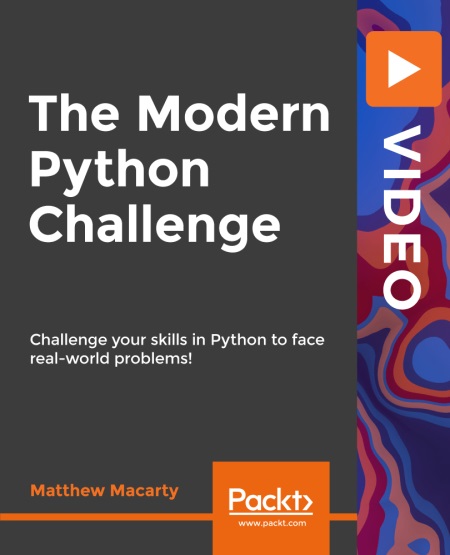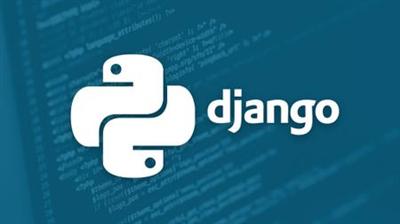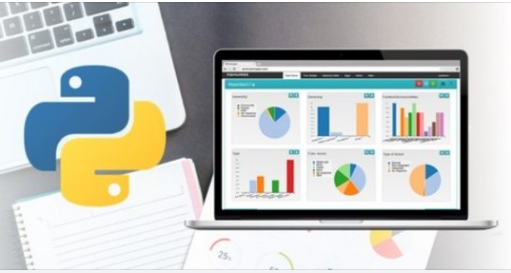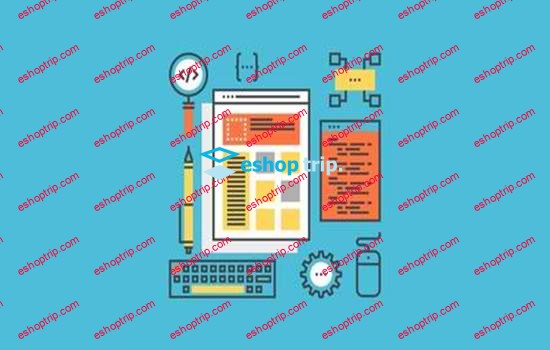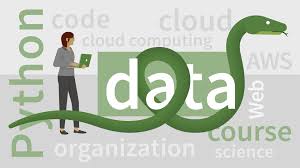Published 9/2024
Created by Harry Munro
MP4 | Video: h264, 1280×720 | Audio: AAC, 44.1 KHz, 2 Ch
Genre: eLearning | Language: English | Duration: 11 Lectures ( 1h 36m ) | Size: 789 MB
Introduction to Data Analysis, Statistics, Modelling and Visualisation
What you’ll learn:
Learn how to install and run Python on your computer
Write and execute basic Python scripts.
Import data from CSV files and other formats.
Utilise libraries such as Pandas for data manipulation and exploration.
Apply statistical methods to analyse data (e.g., mean, median, standard deviation).
Calculate and interpret descriptive statistics using Python libraries.
Apply advanced statistical measures such as percentiles and interquartile range to gain deeper insights into data variability.
Create new data using mathematical and statistical models.
Simulate real-world scenarios using models in Python.
Generate plots and visualisations using libraries like Matplotlib and Seaborn.
Create informative charts, graphs, and plots to summarise data.
Write functions for repetitive tasks in data analysis.
Understand the concept of modular programming and apply it to real-world problems.
Solve engineering, scientific, and analytical problems using Python.
Integrate data analysis and visualisation techniques to extract insights from data.
Present data analysis results through clear, professional visualisations.
Use Python to automate processes and produce immediate, actionable insights.
Requirements:
Basic Computer Literacy: Learners should be comfortable using a computer, navigating files, and installing software.
Curiosity and a Willingness to Learn: No prior programming experience is required! This course is designed to take beginners through the foundations of Python and data analysis step by step.
(Optional) Basic Understanding of Mathematics and Statistics: While not required, familiarity with basic statistical concepts (e.g., mean, median, and standard deviation) will help learners get the most out of the course, particularly when we explore data analysis and modelling.
No Prior Python Experience Required! This course is ideal for beginners, and we’ll cover everything you need to know from scratch. If you’re new to programming, don’t worry—this course is designed to make Python accessible and enjoyable.
Description:
Unlock the power of Python to address real-world challenges in engineering, science, and data analysis with efficiency and precision. This course is designed to provide you with the essential skills needed to apply Python in practical, industry-relevant contexts—whether you’re a professional seeking to automate workflows, a student aiming to enhance your data analysis capabilities, or simply interested in using Python to streamline complex tasks.Developed for learners of all levels, this course provides clear, structured guidance on the core concepts of Python. Through hands-on exercises and real-world examples, you will learn how to import, clean, and manipulate data, perform key statistical analyses, build mathematical models, and create professional visualisations. The lessons are concise and focused, ensuring you can acquire the knowledge and skills you need efficiently.While covering fundamental Python programming and data analysis techniques, this course is intentionally designed to avoid more advanced topics such as machine learning, object-oriented programming, and complex Boolean operations—allowing you to focus on practical skills that can be applied immediately.What You’ll Learn:How to install Python and set up your programming environment efficientlyImporting, cleaning, and manipulating datasets using libraries such as PandasPerforming advanced statistical analysis, including outlier detection, percentiles, and interquartile rangesVisualising data using professional charts and graphs with Matplotlib and SeabornBuilding mathematical models for data simulation and predictionWriting efficient, reusable Python code to solve real-world problemsApplying Python to fields such as engineering, finance, manufacturing, and scientific researchWhy Take This Course?Practical and Immediate Value: The course is designed to deliver skills that can be applied immediately in your professional or academic work.Hands-on Learning: Engage with interactive coding exercises, downloadable code, and real-world projects that enable you to apply what you learn.Accessible for All Levels: Whether you are new to Python or seeking to refine your skills, this course is structured to accommodate learners at all levels.High-Quality Content: Enjoy well-organised lessons, quizzes, and downloadable resources that facilitate effective learning.What This Course Does NOT Cover: This course provides a strong foundation in Python for data analysis, modelling, and visualisation, but it does not cover the following advanced topics:Iterables and GeneratorsAdvanced Boolean OperationsObject-Oriented Programming (OOP)Machine Learning or Deep LearningAdvanced Big Data Libraries such as Dask or PySparkConcurrency and ParallelismAdvanced simulation techniques such as discrete-event simulation or agent-based modellingThis course is designed to equip you with immediate, actionable skills that can be applied directly to real-world challenges. Whether you are looking to enhance your professional capabilities or add a valuable tool to your skillset, this course will help you gain proficiency in Python efficiently and effectively.
Who this course is for:
Engineers, Scientists, and Analysts
Students and Academics
Industry Professionals Looking to Upskill
Beginners Interested in Python for Data Science
Homepage



